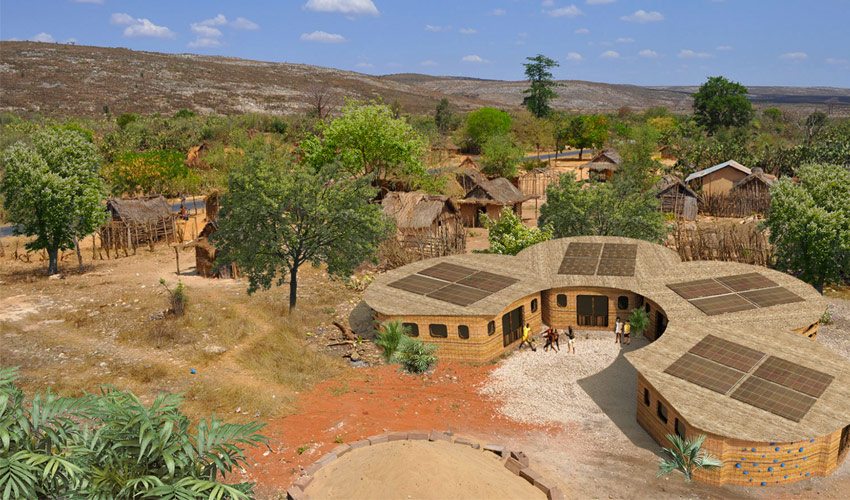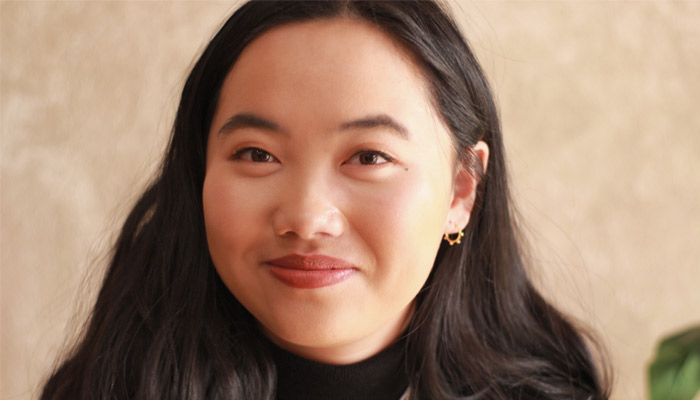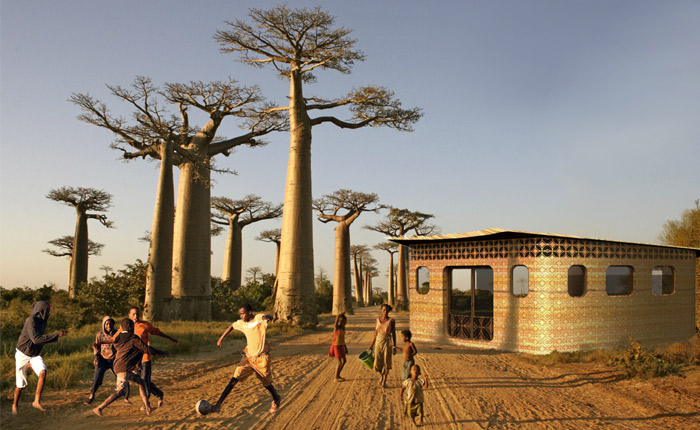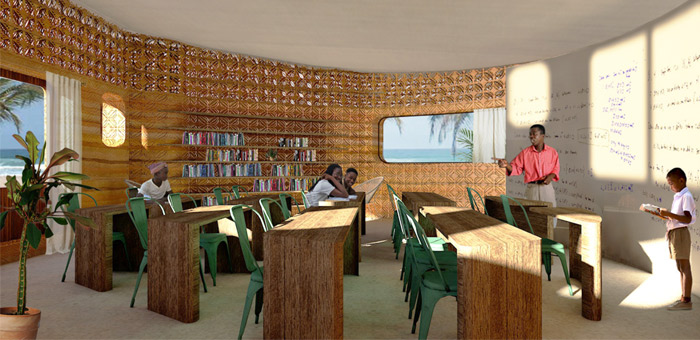Thinking Huts Relies on 3D Printing to Increase Access to Education

Thinking Huts is an association that seeks to promote access to education through 3D technologies. By 3D printing schools, it hopes to rapidly multiply the number of available infrastructures, as well as seeking to create jobs locally while promoting more ecological and sustainable construction. We covered them in January as their first pilot school will be 3D printed in Fianarantsoa, Madagascar and is set to open its doors later in the year (pandemic willing). The founder of the association, Maggie Grout, intends to go even further and aims to develop this project of 3D printed schools worldwide. She is convinced of the potential of 3D printing and wants to combine high value-added technological solutions with humanitarian values, thus enabling even more children to go to school. We met her to learn more about her vision!
3DN : Can you introduce yourself as well as your link to AM?
Hello, my name is Maggie Grout and I am the founder and CEO of Thinking Huts, a nonprofit that seeks to increase global access to education with innovative, humanitarian-driven technology solutions. We seek to leverage AM to build 3D printed schools with communities where they are needed most.

Maggie Grout (photo credits: Thinking Huts)
3DN : How did the idea of creating Thinking Huts come about?
I first had the idea to 3D print schools about 6 years ago. I was 15 years old at the time with a vision to increase access to education. There was a nostalgic moment as I was in my dad’s office discussing the future of technology and asked him: “What if we 3D printed them?” Thinking Huts was born from that question.
3DN : Why did you turn to 3D printing to create your schools?
I think that 3D technologies offer many advantages and not only in the field of construction. In the case of Thinking Huts, 3D printing allows us to build more schools in less time, while also reducing construction costs. The added benefit is that it is more sustainable compared to traditional construction.

Thinking Huts’ first school will be in Madagascar (photo credits: Thinking Huts)
3DN : What are the challenges you face?
The greatest challenges are the funding, especially as we aim to apply this high-growth technology to humanitarian goals. Also, I’ve found that 3D printing in the construction sector is still relatively unknown. Often, people think that 3D printing is only used on a desktop scale and creates plastic-based objects. For some, it can be difficult to visualize architectural scale 3D printing.
For Thinking Huts, we seek to find ways to create a synergy between technology and local communities. I want to employ local labor to involve the economies of developing communities and support technology transfer.
3DN : What are the specifications for 3D printed schools from Thinking Huts?
One Hut will be 765 square feet and a hybrid design of 3D printed concrete walls along with locally-sourced materials for the other components. The concrete will be a modified mixture that should emit less CO2 which is important to us. In the future, as materials continue to develop, we hope to transition to more sustainable alternatives based upon the materials available in the local environment. We forecast it will take less than a week to build. We will have a precise number of hours once we build our pilot school (planning to build the second half of this year, depending on the pandemic).

A future classroom (photo credits: Thinking Huts)
3DN : What are Thinking Huts’ future projects?
We are planning to build three more schools in a more rural commune called Ibity. Beyond the pilot, we will continue building our 3D printed schools in partnership with communities in Madagascar. Our larger vision is to scale up around the world and it is exciting to receive partnership interest from organizations and people in Zimbabwe, Malawi, Pakistan, India, and South Africa.
3DN : Any last words for our readers?
I hope that we will see more women in leadership, especially in male-dominated technology industries such as 3D printing 🙂 By working together, we can create global impact! Make sure to support the project HERE.
What do you think of Thinking Huts? Let us know in a comment below or on our Facebook, Twitter and LinkedIn pages! Sign up for our free weekly Newsletter here, the latest 3D printing news straight to your inbox!







I think this is really exciting. I was a Peace Corps Volunteer in Malawi and Liberia training teachers, and the schools are always wet, dark, and overcrowded. But the children are enthusiastic and want to learn. All over the world, children, especially girls can’t get enough education. Their dream is to go to school and learn. What about getting Rotary Clubs to help support this?